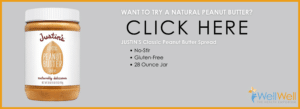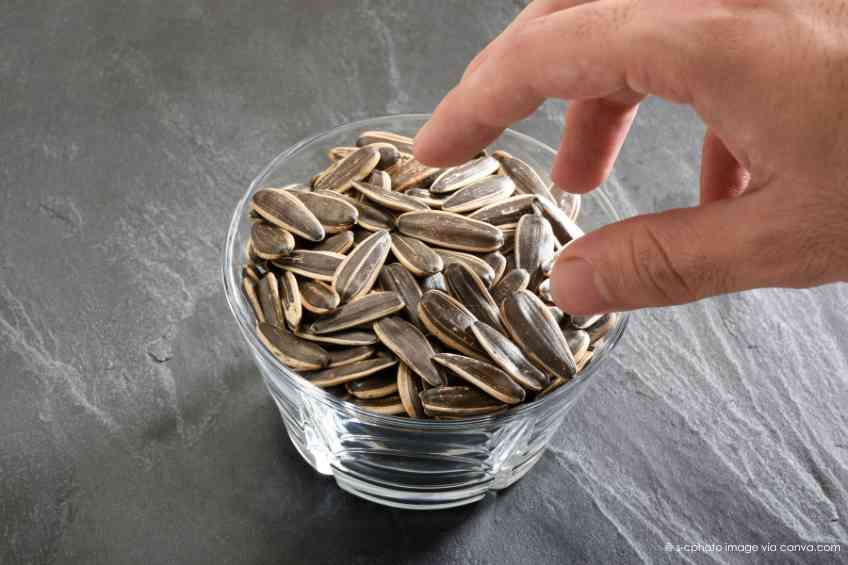The Skinny:
Hail peanut butter. It seems like almost everyone loves it. This nutritious spread is one of the most affordable protein sources around. It is also easy to prepare and tote. Little surprise then that the National Peanut Board claims it is on the shelves of 94 percent of American households, accounting for about half the use of edible peanuts. The average American, in fact, chows down on about 8 pounds every year, amounting to about $850 million in retail sales. Ultimately, there is a lot of good in this butter. Of course, not all spreads are the same and for all their benefits, this classic staple has both plusses and unfortunately some drawbacks. Read on.
The Slate:
Great Spread
U.S. Food and Drug Administration determines what’s called “peanut butter” versus “peanut butter spread.” Groceries classify peanut butter by both smoothness and texture and whether it’s “commercial” or “natural/organic.” Homemade types are made from nuts or peanut powder. Commercial brands, think Skippy and Jif, obviously include other elements that can impact nutritional values. Always check labels because there can be a surprising range of ingredients in terms of added salt, sugar, fat and preservatives. Brand names and style alone don’t tell enough. Skippy, for example, makes 14 different types, while Jif makes 10.
Content With Texture
Creamy or smooth style with salt is preferred by 56 percent of all Americans. A generous two-tablespoon (32 gram) serving has 192 calories, 7.2 grams of protein, 3.36 grams of sugar, 7.14 grams of carbohydrates, 5.36 grams of fat and 1.536 grams of fiber. The double-griding required to make smooth types demands more hydrogenated vegetable oil, raising “bad” saturated fats to about 17 percent. But the process also increases vitamin E content to about 19 percent. Rougher crunchy or chunky style, ground only once, uses less added oil, and has about 12 percent saturated fats, 7.7 grams of protein and a 13 percent vitamin E content.
Manufacturing Matters
Commercial or regular peanut butter like the best-selling Jif, Skippy and Peter Pan brands come in various textures. They generally rely on roasted peanuts, sugar, salt and preservatives. They homogenize their spreads to prevent separation. Unfortunately, they use artery-clogging hydrogenated vegetable oils such as cottonseed, soybean and rapeseed oil. They are shelf-stable for about 5 years and generally don’t require refrigeration after opening.
Natural types also come in a variety of textures and aren’t homogenized so they need stirring before use. Ingredients can vary widely with some not adding any oils and others including peanut oils, salt and/or sugar. Natural brands should be refrigerated after opening because they lack preservatives. Organic peanut butter is reputed to be the healthiest and most expensive. They also require refrigeration after opening. These brands are not treated with chemicals and lack non-organic additives.
Homemade peanut butter is exactly what it sounds like. It requires only peanuts and a food processor or blender to make. Its “healthiness” depends on what’s put in. The maker decides how smooth their butter is ground and whether it is thinned with oils and if salt, sugar or other ingredients are added.
Peanut butter spreads don’t actually qualify as peanut butter because they don’t contain more than 90 percent peanuts and less than 55 percent fat.
Good & Bad Nuts
Eating too much peanut butter is probably the greatest danger for most. In moderation, a tablespoon (thumb-sized) or two (golf ball-sized) dollop daily is a healthful, diet-savvy source of wholesome nutrients. More than this can lead to problems in terms of salt, fats and calories.
Salt is a particular concern for some. Commercial smooth peanut butter with salt generally holds 137 mg of sodium in a two-tablespoon serving. The good news is that it also has 180.4 mg of potassium, which makes for a healthy ratio. It is important to check labels as sodium content can vary between brands from 5 to 200 mg per serving.
Saturated fats help give commercial smooth peanut butter its creamy texture. Unfortunately, this isn’t great for heart health. Chunky and natural types have less. The good news is only 20 percent (3.3 grams) of the fat in creamy commercial types is saturated. Unsaturated fats make up the balance, which is about the same ratio as in olive oil. Besides this, not all peanut butter’s fats are bad. Oleic acid helps lower the risk of heart disease by lowering cholesterol, blood sugar and blood pressure. Omega-6 fatty acids aid development, brain function and heart health.
Vegetarians often rely on peanut butter to replace dietary animal protein, which is smart because it packs a lot of protein for plant food. But they may still need extra vitamins as peanut butter has much less cysteine and the essential amino acid methionine than animal protein.
Any of these products are a concern for those with peanut allergies, which occur in about one in 50 children and one in 200 adults. Those at risk need to avoid these products and make sure they are not contaminating other non-peanut products in a household.
Eyes Up:
What’s your take on peanut butter? Let us know at info@wellwellusa.com.
WellWell editors independently identify services and products of interest. If readers purchase anything through the associated links, WellWell may earn a commission, which goes to support our work. Learn More.













